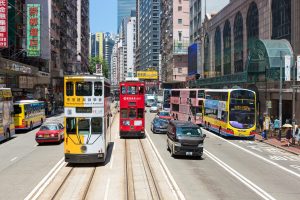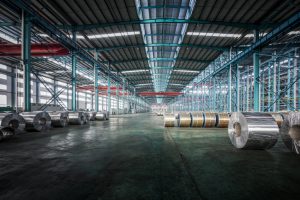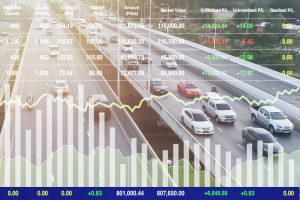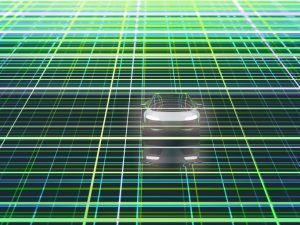This month (March) is the final month of the fiscal year for many Japanese companies, and the new fiscal year will begin in April. Looking back on this fiscal year, perhaps the biggest topic of discussion in the business world was carbon neutrality (abbreviated as CN below). Starting with the BEV debate following the decarbonization manifesto by Prime Minister Suga in October 2020, there has been no lack of topics in the news, including Honda’s declaration in late April that all new vehicles sold in 2040 will be BEVs, the EU’s announcement in July of the “Fit for 55” policy package, the November opening of COP26, and the announcement of Toyota’s BEV strategy in December.
Today, it is said that a company’s response to environmental issues has a major impact on its competitiveness in business. The mobility industry is no exception. That is to say, a business strategy that takes a long view toward achieving CN by 2050 is necessary for mobility as well. However, it is doubtful that I or many of my readers will be around in 2050. How can we formulate a responsible strategy so far ahead?
Accordingly, I would like to explore in two parts how the mobility industry can master its core business and contribute to creating an affluent society for the CN 2050 era, and a long term mobility strategy for the new era. In this first part, I will explain the overall framework.
First of all, how can we get a grasp of the far-off year of 2050 and apply it to a strategy? I gleaned some hints on this point from the “Net Zero by 2050” (abbreviated as NZ 2050) report released by the IEA last May. It contains a backcasting simulation on how we can reduce CO2 toward achieving CN 2050 from here onward, and hypothesizes a transition in the methods of reduction to achieve the goal of CN 2050 with 2030 as the boundary line. Essentially:
- From now until 2030, we will use reliable methods which already exist. Specific measures include behavior modification, energy optimization, and utilizing clean power sources.
- From 2030 to 2050, it hypothesizes the introduction of new innovations which are currently highly unreliable. Specific measures include hydrogen, other new fuels, and CCUS (carbon capture). The details are shown in Figure 1 below.
[Figure 1]

※Source: IEA ”Net Zero by 2050″ data
Henceforth, I simplified the above, and tried interpreting them in my own way. Take a look at Figure 2 below.
{Figure 2]

When making the above interpretation, I placed the inflection point in the 2030s. The IEA presented 2030 as the boundary line, but I took it upon myself to broaden the range taking into account a slight margin of error and the conventional wisdom that petroleum production will peak in 2035. I also hypothesized a 2-stage approach before and after the inflection point. Essentially:
- Before the inflection point, which is to say the transitional period, the target is reducing energy demand, using the methods of optimization and behavior modification.
- After the inflection point, which is to say under the new order, the target is transitioning to clean energy via the means of introducing various new technologies, including innovations which are currently highly unreliable.
When i speak of “optimization” here, I mean optimization via electrification specifically. Speaking with regard to mobility, it is theorized that switching from internal combustion engines (ICE) to EV could improve energy efficiency by roughly 70%. In fact, I believe this to be the root of the BEV debate which came up frequently in the first half of the fiscal year. What I mean is that, from a macro perspective, it is logical to buy a BEV that is 70% more efficient. However, it is said that humans do not always make logical choices. The measure of value varies from person to person, and taking away freedom of choice is not realistic.
Let us return again to the matrix in Figure 2. I arranged the horizontal axis in chronological order here, but if we look at the first stage, there are a wide variety of conceivable methods. If we organize these:
- On the one hand there are decarbonization technologies which aim to achieve CN directly. However, while these methods are necessary to achieve CN, they alone are not sufficient.
- Consequently, on the other hand there are all other methods, which will be used in combination to achieve CN. In other words, it is a systemic approach centered on behavior modification, while also including technologies and social systems, etc.
From the above, we can define the 4 quadrants formed by the horizontal axis of “before and after the inflection point” and the vertical axis of “decarbonization technologies and a systemic approach including behavior modification, etc.” Take a look at Figure 3 below.
[Figure 3]
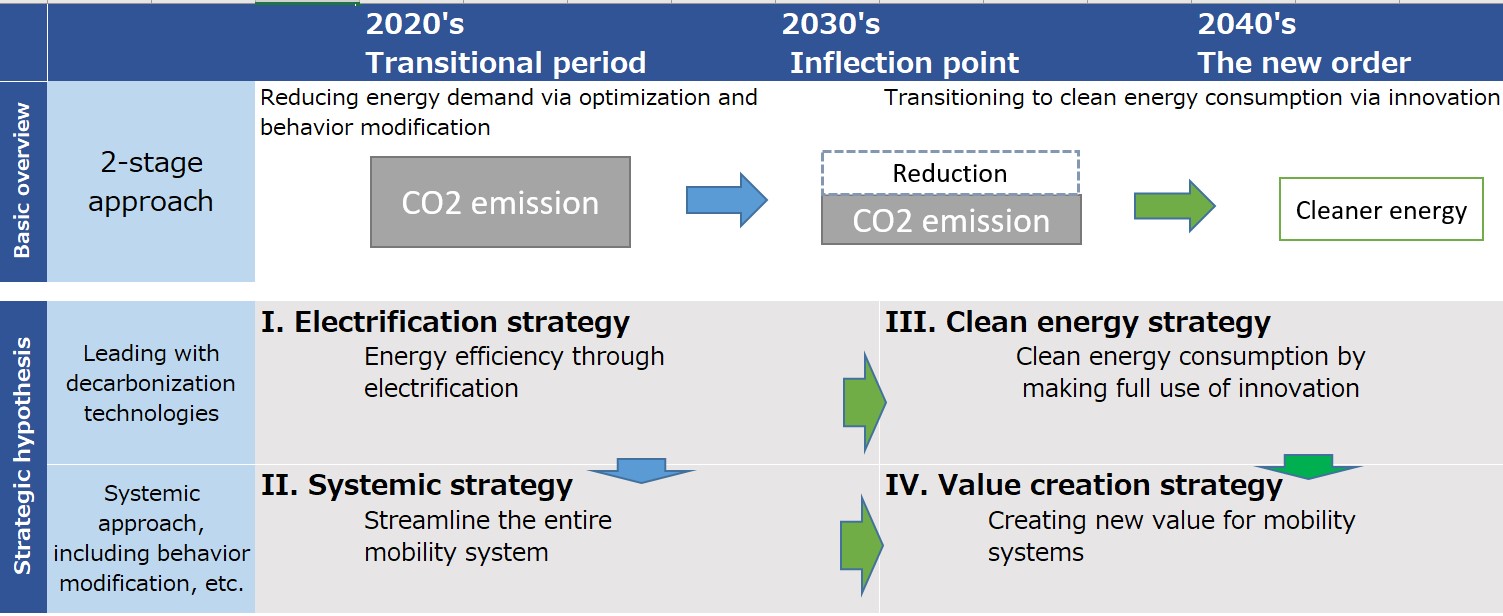 I have sorted each of the 4 strategies into these 4 quadrants. Essentially:
I have sorted each of the 4 strategies into these 4 quadrants. Essentially:
- I. Electrification strategy: (Starting from the top left section) Optimization, that is to say pursuing reduction in energy consumption via electrification, is not sufficient on its own,
- II. Systemic strategy: (Shifting to the bottom left section) A combination of various methods will be introduced as a system,
- III. Clean energy strategy: However, decarbonization technologies are expected to evolve over time. (Shifting to the top right) While working toward clean energy, also taking decarbonization technologies into consideration,
- IV. Value creation strategy: A combination of various technological and societal advances (Shifting to bottom right) will create new value for the mobility system.
Furthermore, these 4 strategies together also make a simple story with an introduction, development, turn and conclusion, and if we stick to it, the path toward CN 2050 emerges. Essentially, I hypothesize:
- If we each keep consistency with this story in mind during our efforts going forward, it will lead to implementing a mobility business strategy for the carbon neutral era.
- Looking at it another way, I believe this story can be applied and adapted to each individual mobility business. That is to say, if you look over these 4 quadrants and create your own story with an introduction, development, turn, and conclusion, whether community mobility, logistics, or any other category, it will lead to drafting a long term strategy without conflict during the process.
In this part I explained the overall picture of mobility business strategy for the carbon neutral era. In the next part, I would like to explain each of the 4 strategies discussed above.



